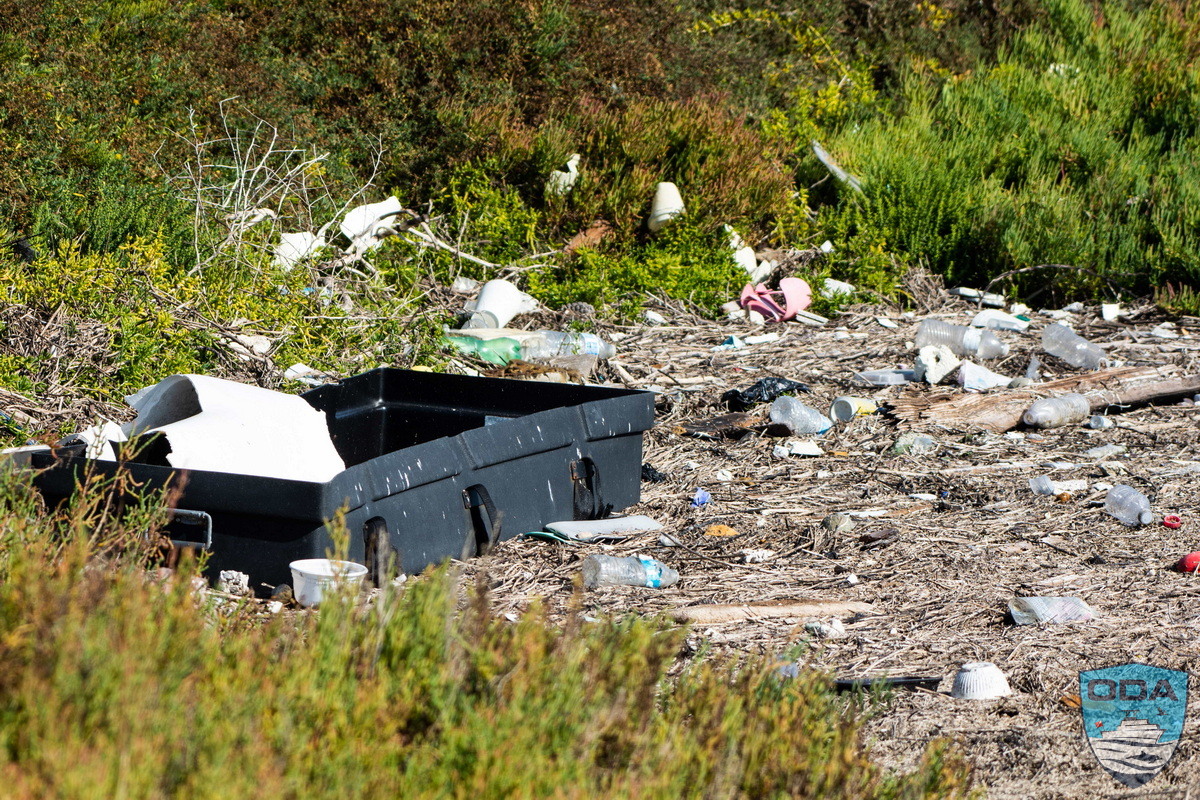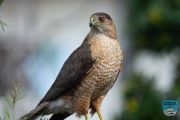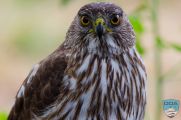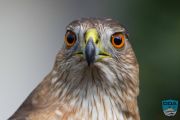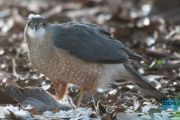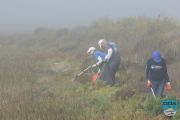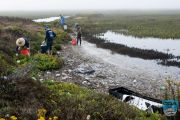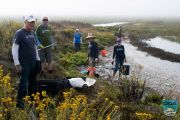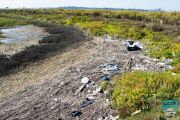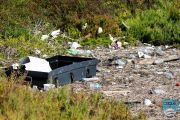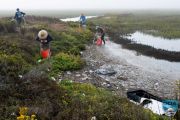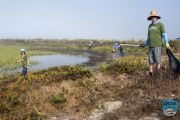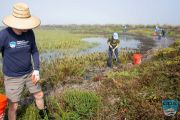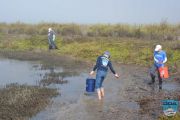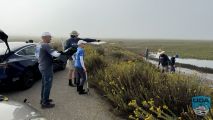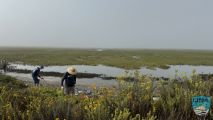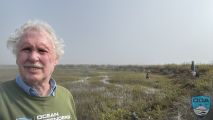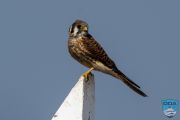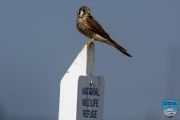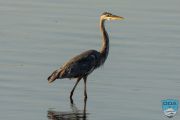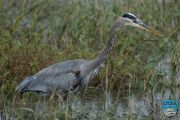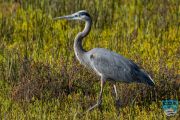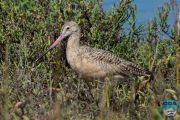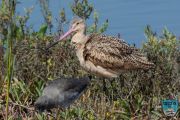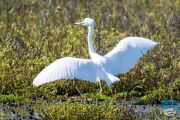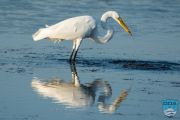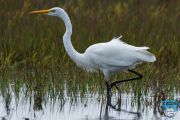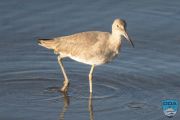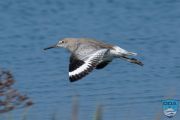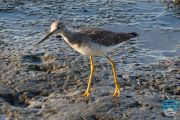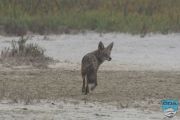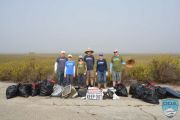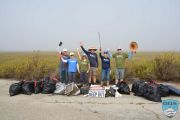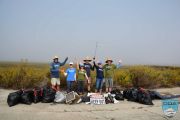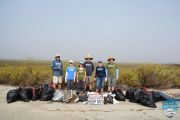By Founder and President Kurt Lieber
Continuing on with our quest to remove as much plastics from the Seal Beach National Wildlife Refuge (SBNWR), several of us gathered on Wednesday, October 2nd at the wetlands.
We had some of our die-hard volunteers with us, but also two rare sightings. One being a rare sighting, an American kestrel. The other being Jim Lieber, my brother!
Jim is on our Board of Directors, but moved back to Ohio several years ago and doesn’t get a chance to go out with us anymore. So, it was a treat to have him out there with us “in the field.”
The other stalwarts were: Dave Merrill, Jean Merrill, Kent Morris, Linda Nicholes, and Karla Reinhardt.
I scouted out the place the day before to get an idea of where in this 960-acre wetlands we could best make use of our time and energy. I found two spots that were inundated with plastic. It was low tide at the time, and I could walk around on areas that would be underwater at a high tide.
The spot I decided to focus on was just a mess with all forms of debris, including a huge plastic box that was probably eight-feet long. I thought the location would be a great way to start our morning.
But the weather had other plans. When we all got there, around 9am, the place was so thick with fog that it was difficult to see more than 100 feet.
Then when we arrived at the site, the tide was so high that all the debris I had seen the night before was…underwater.
Not to be deterred, everyone just grabbed their trash pickers and waded into the water to get to work. Within minutes our buckets were getting filled and we emptied them into our 50-gallon trash bags.
We were excited to see the American kestrel, but sadly, these birds have been harassed out of their homerange due to a larger predator that has taken their place -- the Cooper’s hawk. These larger hawks have taken over because they can prey on pigeons and other birds which American kestrels cannot.
Here you can see the kestrel on the left and two photos of the Cooper's hawk on the right. Click on the photo to enlarge and scroll through.
We were really treated to a wildlife show on this day. We saw Great blue heron, snowy egret, white heron, willet, and a marbled Godwit. To top it all off, we spotted a coyote!
Click on the first photo and it will pop-up the gallery in a larger size so you can better see the beauty of this wildlife!
We tried to keep our eyes on the debris. It was a lot uglier than the other sights…but we are compelled to do this to give these beautiful creatures a clean place to live.
During the course of the next three hours, we only moved about 200 feet when we ran out of time and hauled the heavy bags back to our staging area.
In all we removed about 960 pounds of stuff. I’d say 90% of it was plastic, with some teddy bears and stuffed dolls in the mix.
Another rewarding day spent ridding these critical wetlands of more man-made debris. Plus, we got to see some gorgeous wildlife, one of which is a rare bird indeed (no, not my brother): the American Kestrel.
Heaps of thanks to Jim, Dave, Jean, Kent, Linda, and Karla!
We’ll be at it again next month, November 6th. Let us know if you’d like to participate. We’d love to have you join us! Please email us at volunteer@oceandefenders.org.



